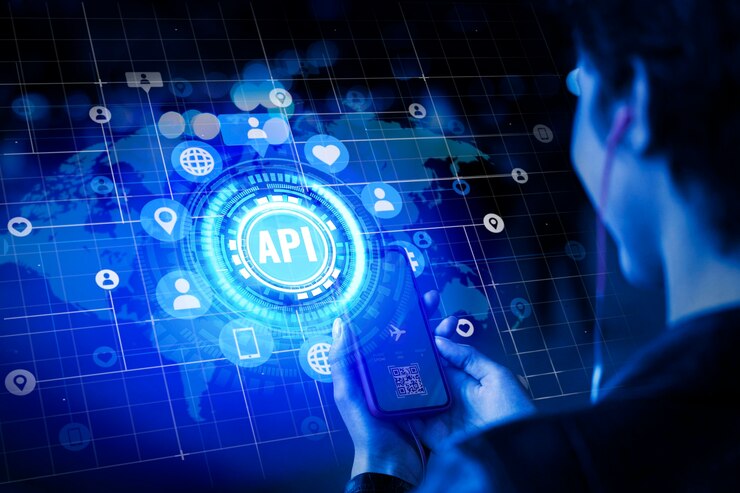Businesses require a seamless payment experience nowadays. Integrating various payment solutions becomes paramount as companies strive to expand and thrive in a global market. Payment orchestration is a complex term at the heart of this transformation. This article, made possible by insights from Tranzzo, seeks to unpack this term and provide an in-depth understanding.
The Essence Of Payment Orchestration
Aggregation and integration are two pivotal aspects of payment orchestration. It provides a unified layer where multiple payment methods, gateways, and services can be combined to create a streamlined, efficient payment experience for businesses and their customers.
In simpler terms, think of payment orchestration as the workflow manager for all your payment needs. Companies can access a whole ecosystem of payment solutions rather than relying on a single gateway or service provider.
Why Businesses Need Payment Orchestration

There are several significant reasons for businesses to integrate payment orchestration. These are the following:
- Optimization for Success Rates: One of the primary benefits of payment orchestration is optimizing payment flows. It doesn’t just mean ensuring the speed of a transaction but also improving the success rates. Using routing logic, orchestration platforms can automatically reroute transactions to another gateway or method if one fails, ensuring better success rates.
- Multi-Channel Integration: With the rise of digital payments, customers use many platforms and processes. Payment orchestration provides multi-channel solutions, ensuring businesses can cater to a broader audience.
- Cross-Border Efficiency: As companies grow globally, managing cross-border transactions becomes crucial. Payment orchestration simplifies this by integrating various global payment methods and handling currency conversions, compliance issues, etc.
Read More: How ERP Software Is Becoming A Potential Game-Changer For Businesses
Key Components Of Payment Orchestration
Businesses are required to evaluate several crucial criteria to implement the payment orchestration in the right way. These are:
- Routing: At the core, routing is about directing transactions to the most appropriate service providers or gateways based on predefined logic. Compelling routing logic is necessary to ensure transactions are processed efficiently and successfully.
- Processing and Authorization: Once a payment is routed, it must be processed and authorized. Payment orchestration ensures this is done quickly and securely, improving transaction efficiency.
- Security and Compliance: With the rise in cyber threats, ensuring payment security and compliance with global financial regulations is paramount. Payment orchestration platforms often come with built-in fraud prevention and risk management tools.
- Data Management and Analytics: With data management capabilities, businesses can track and analyze transaction data. It provides insights into customer behavior, transaction success rates, and more. Coupled with analytics, it aids in making informed decisions.
Enhancing The Payment Ecosystem With Apis

APIs (Application Programming Interfaces) are the backbone of payment orchestration. They facilitate communication between the orchestration platform and various payment service providers. This integration is vital for building a robust payment infrastructure.
By leveraging APIs, businesses can ensure seamless aggregation of various payment methods and services, enhance their payment workflow, and cater to a global audience without compromising efficiency or security.
Risk Management And Fraud Prevention

Payment orchestration is about more than just streamlining payments. It’s also about ensuring the safety of transactions. Advanced fraud prevention tools and risk management solutions integrated within orchestration platforms protect businesses from potential threats and financial losses.
By monitoring transactions in real-time, these platforms can detect suspicious activities and halt potentially fraudulent transactions, ensuring the security and integrity of the payment process.
Conclusion: The Need For A Holistic Approach
Payment orchestration is not just a buzzword. It’s a holistic approach to managing and optimizing payment processes. With the increasing demand for multi-channel solutions and the challenges posed by cross-border transactions, businesses need an integrated, efficient, and secure payment ecosystem.
By understanding the nuances of payment orchestration, companies can leverage its capabilities to enhance their payment workflow, increase transaction success rates, and ensure the security and compliance of their payment processes.
Additional:




























